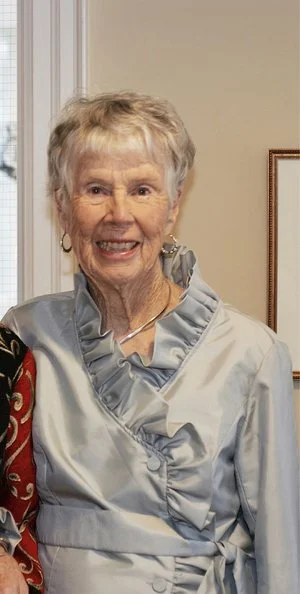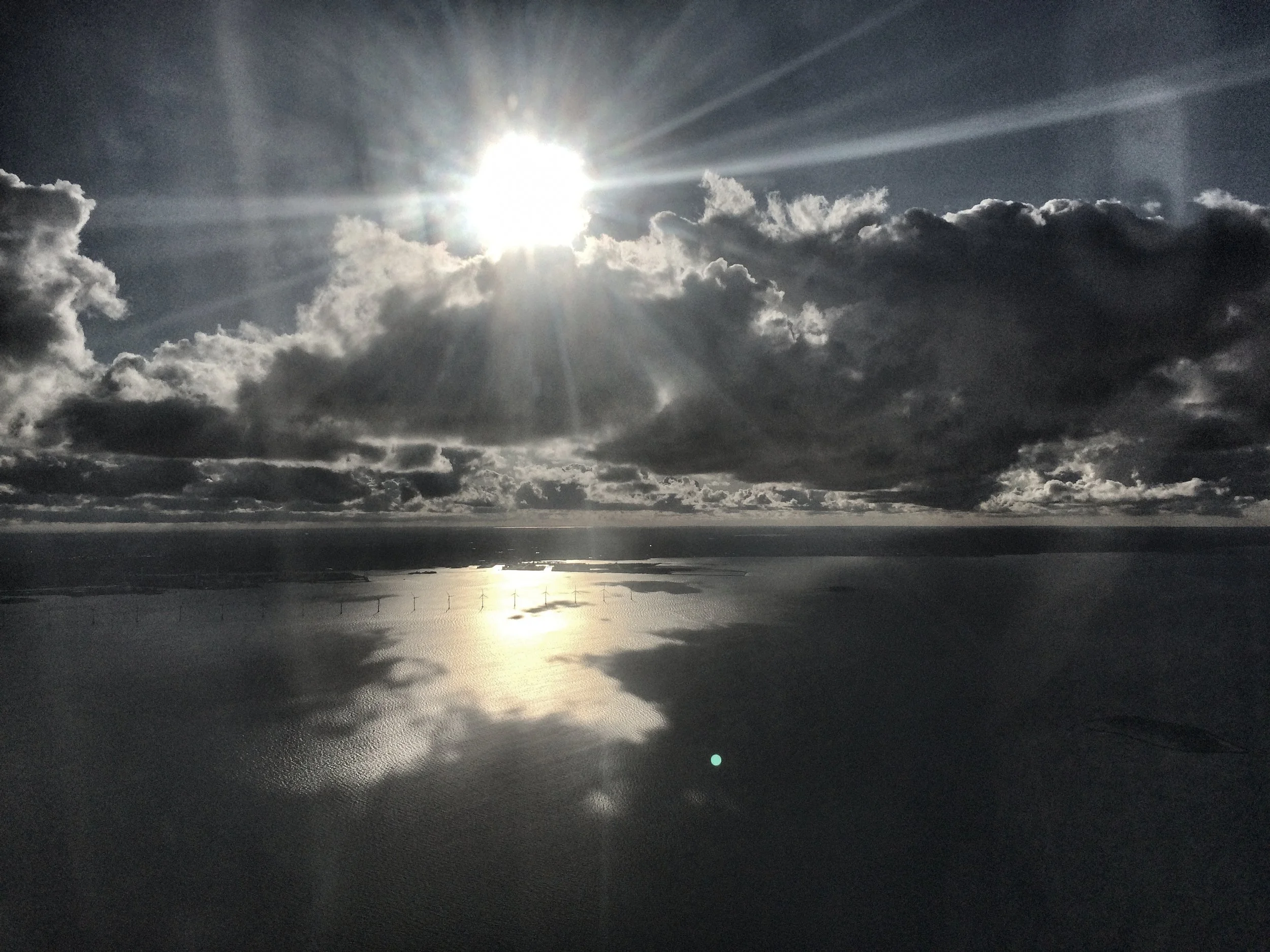No Maps in Marrakech
by Jennifer Shanahan
On the first day of a January visit to Marrakech my daughter and I learned a lot. We learned that, in the Medina, where we were staying, the street is the sidewalk and vice versa. And we found out that the streets are full of cars, trucks, donkeys, donkey carts, motorbikes, bicycles and people, so you stay close to the walls. We realized that our phones would be of no help to us for directions in this ancient warren of a city, and therefore you need a map. And, most importantly, we learned that you must never, ever be seen in the streets using a map.
We set out to visit one of Marrakech’s most famous sights, Kotoubia mosque. The manager at our small riad gave us a map that unfolded to grand proportions and said we could walk there in maybe twenty minutes. On the map, the manager wrote the name and address of our hotel in Arabic so that we could show it to cab drivers to get back. He seemed quite concerned about our ability to find our way back, less so with whether or not we would find the tallest mosque in the city.
As we walked out of the clean, but small and orderly riad into the dusty, bustling, honking, and shouting of the walled streets we quickly became disoriented. At that point, I realized all I knew for sure was that our riad was at the north of the Medina and the mosque at the south end. There are few, very few, street signs or even markers in this ancient city. Assuming we were still heading south, we began following the heaviest flow of traffic, hoping that commerce would lead the way.
After a few twists and turns in what we hoped was the right direction, my daughter spotted a mangled sign, with an image of Kotoubia, pointing… well, there was an arrow on the sign. The sign was badly mangled and the post leaned deeply, making it hard to understand which way the arrow on it pointed. We turned left into a narrower street, which might possibly be the way the arrow pointed. I pulled out our new map. Two guys on one bicycle rode past and nearly plowed into us. We moved closer to the wall.
My daughter and I stared at the map, comically spinning it around. We could not make heads or tails of it! “Sorry, sorry. “ One of the guys on the bike now stood next to us. “It’s okay,” I said, but he would not leave. Could he help us find our way? “Non, merci.” I said. “I will show you. You do not need map,” he said. His English was pretty good. Probably he and my daughter were the same age, but what different worlds they existed in.
My daughter and I looked at each other. We knew enough to know we were about to be hustled but we did not know what to do otherwise. And sure enough, his route to Kotoubia led us on a tour of a reeking open air tannery and leather goods shop. I declined to buy any goods and was asked to pay for directions. I refused, since, clearly I had not be led to the mosque. Our “guide” then showed me a sign previously concealed by an open door, another small one with an image of Kotoubia and an arrow. Payment was expected. Frustrated with myself for being such an easy target, I paid a few dirhams, and we walked away, sort of in the direction of Kotoubia, which we eventually stumbled upon.
The next day, in search of a preplanned cooking lesson, we again found ourselves totally, utterly lost in the maze. Stepping into a quiet alley, I pulled out the map. As if I had conjured her from one of the folds in the map, a young teenage girl in a bright blue tracksuit appeared at my elbow. She offered her help with directions. I felt I had learned a lesson the previous day, but I really did need help. I told her we would not pay her. “No money.” I said plainly.
She said, “I will not take your money,” just as plainly. Then we followed her the equivalent of about a block and around a corner, where she pointed to an unmarked door. We rang a bell and knocked on the broad wooden door of a riad. When the door was answered a young man appeared as the girl vanished into the crowd. He demanded money for the girl’s direction service. So she would not take my money, but someone else would.
The riad’s owner, an English woman, happened to be standing at the door. She told him to go away, in English, French and Arabic, all three of Morocco’s languages. He protested. I refused to hand over more dirhams. After the riad owner closed the door in his face he banged on it for a while. Hours later, our cooking lesson and lunch over, we were taken out a back door that led to a dark tunnel and into another part of the medina, just in case the disgruntled hustler was still waiting at the main door. As we popped out into the sunlight I reached for my purse and the map, and said to my daughter, ‘Well, let’s see where we are now.”
My daughter, wise beyond her years, put her hand on mine and said, “No more maps, Mom. “
Since graduating from Columbia College where Jennifer Shanahan studied fiction and edited their literary journal, Hair Trigger, she has found an interest in travel writing. Initially, this was strictly a personal project, to share updates with family and friends while she was away. Yet the more she blogs, the more that she has to say and share with others. You can visit Jennifer's blog here, which is about her efforts to learn and use French.
Photography credits: Jennifer Shanahan and Chris Ford.






